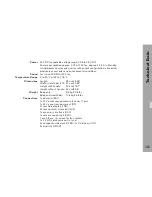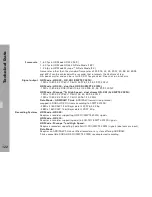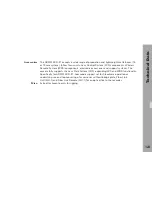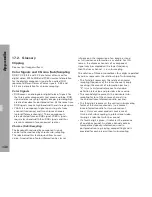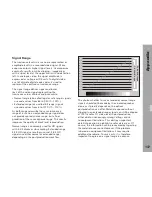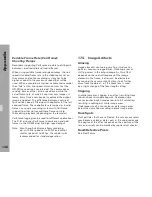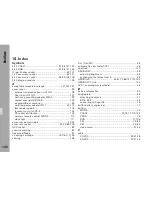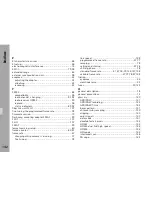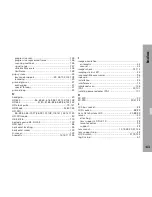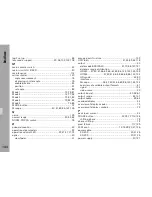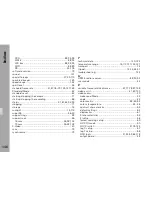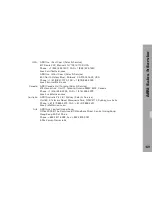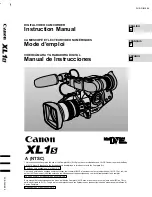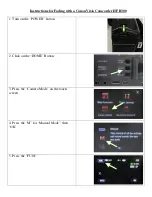
A
p
pe
nd
ix
135
When shooting with anamorphic lenses, each
stream therefore directly shows a de-squeezed
image that can be used for preview and editorial.
Mscope Recording & Postproduction
Any recorder supporting SMPTE 274M dual stream/
dual camera input can record Mscope signals.
Depending on the recording system in use, recombining
both streams to the original 1920 x 1440 image may be
done automatically or may have to be done after ingest.
As the Mscope image has a de-squeezed aspect ratio of
2.66:1, it provides some room for repositioning a shot
before it is cropped on the sides to the desired output
aspect ratio (2.40:1, 2.39:1, 2.35:1). With a deliverable
aspect ratio of 2.40:1, the output may be recombined,
cropped and de-sqzeezed (for flat formats) to e.g.:
1728 x 1440 pixels for a 35 mm release print (scope)
•
3546 x 1440 pixels for digital cinema release (flat)
•
1920 x 800 pixels for release on HDTV (flat)
•
Mscope Benefits
Fully processed live HD for preview and editorial.
•
• Mscope image contains approximately 80% more
scanning lines than equivalent 2.39:1 images cropped
from 16:9 HD images shot with a spherical lens.
• Mscope combines the use of anamorphic
lenses with the economy of HD acquisition.
Scanning Methods (p, i, PsF)
Progressive Scan (p)
After each exposure, the full frame is captured/output
from the sensor. This scanning method provides the
highest resolution per frame and is comparable to
the way images are captured on film. It delivers good
material for keying or masking in postproduction. The
only problem is fast motion or fast panning, which
easily results in jittering/juddering images. Shooting
with higher frame rates eliminates this effect.
Progressive material is denoted with the
letter “p”, attached to the image format:
720p - progressive HD with 1280 x 720 resolution
•
24p - progressive HD at 24 frames per second
•
1080/24p - progressive HD with
•
1920 x 1080 resolution at 24 fps.

